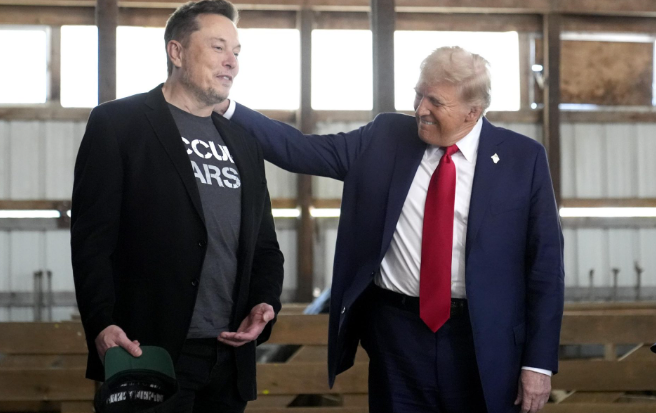[ad_1]
SYDNEY (Reuters) – The Japanese yen, gold and sovereign bonds all rose early on Monday as North Korea’s latest nuclear test provoked the usual knee-jerk shift to safe havens, while futures pointed to a difficult day for global equities.
The dollar was marked down as deep as 109.22 JPY= yen at the opening, off a whole yen from late on Friday, but there was no follow-through selling and it was last at 109.84.
Japan is the world’s largest creditor nation and traders tend to assume Japanese investors would repatriate funds at times of crisis, thus pushing up the yen. Many wonder, however, if Japanese assets would really remain in favor if an actual war broke out in Asia.
Japan’s Nikkei .N225 did not take the news well, losing 0.5 percent. MSCI’s broadest index of Asia-Pacific shares outside Japan .MIAPJ0000PUS dipped 0.3 percent with South Korea’s main index .KS11 down 1.2 percent.
North Korea on Sunday conducted its sixth and most powerful nuclear test, which it said was of an advanced hydrogen bomb for a long-range missile, prompting the threat of a “massive” military response from the United States if it or its allies were threatened.
Speaking outside the White House after meeting with President Donald Trump and his national security team, U.S. Defense Secretary Jim Mattis said Trump asked to be briefed on all available military options.
“Markets continue to treat each North Korean escalation as being the same as the previous instance, buying the yen, Swiss franc, treasuries and gold while selling the Aussie dollar – but not on a large scale,” said Sean Callow, a senior forex strategist at Westpac.
Futures on 10-year U.S. Treasuries <0#TY:> climbed 5 ticks, while yields on Japanese 10-year government debt rallied to their lowest since last November. E-Mini futures for the S&P 500 ESc1 dipped 0.4 percent, though U.S. markets will be closed on Monday for the Labor Day holiday.
“Assuming the worst on the Korean peninsula has not proven to be a winning trading strategy this year,” added Callow. “Investors seem reluctant to price in anything more severe than trade sanctions, and the absence of another ‘fire and fury’ Trump tweet has helped encourage markets to respond warily.”
ECB MEETING LOOMS
The dollar slipped to 0.9609 Swiss francs CHF= from 0.9646, and was off 0.18 percent against a basket of currencies at 92.650. Gold hit a 10-month high and was last up 0.9 percent at $1,335.90 XAU=.
The euro was a shade firmer at $1.1885 EUR= with investors wary ahead of a European Central Bank meeting on Thursday.
There have been reports some at the ECB are unhappy with the euro’s strength and are in no rush to signal the start of a tapering in its massive balance sheet.
Wall Street had ended last week on a mildly positive note after a tepid U.S. jobs report kept expectations muted for another interest rate hike this year.
The Dow ended Friday .DJI with a gain of 0.18 percent, while the S&P 500 .SPX added 0.20 percent and the Nasdaq .IXIC 0.1 percent.
U.S. job growth slowed more than expected in August after two straight months of hefty increases. Nonfarm payrolls increased by 156,000 last month, while economists had forecast an increase of 180,000.
On a brighter note, the Institute for Supply Management reported its factory activity index soared to 58.8 in August, the highest reading since April 2011.
Following the mixed data, Fed fund futures <0#FF:> implied around a 39 percent chance that the Federal Reserve could raise rates at its December meeting.
In the commodities market, oil prices were soft in early Asian trade. Brent crude LCOc1 eased 36 cents to $52.39, while U.S. crude CLc1 was flat at $47.29 a barrel.
Reporting by Wayne Cole in Sydney; Editing by Peter Cooney & Shri Navaratnam
[ad_2]
Source link






Leave a Reply